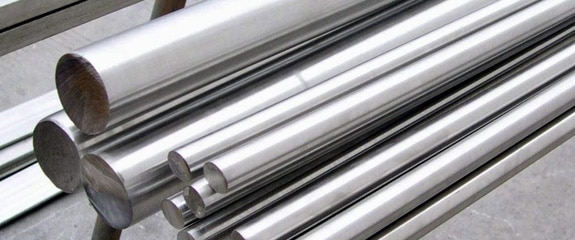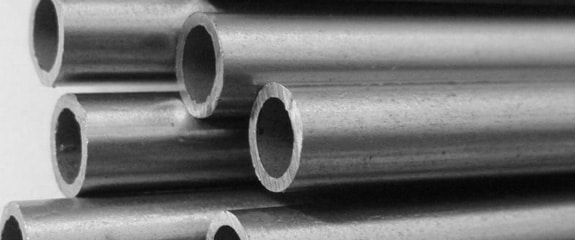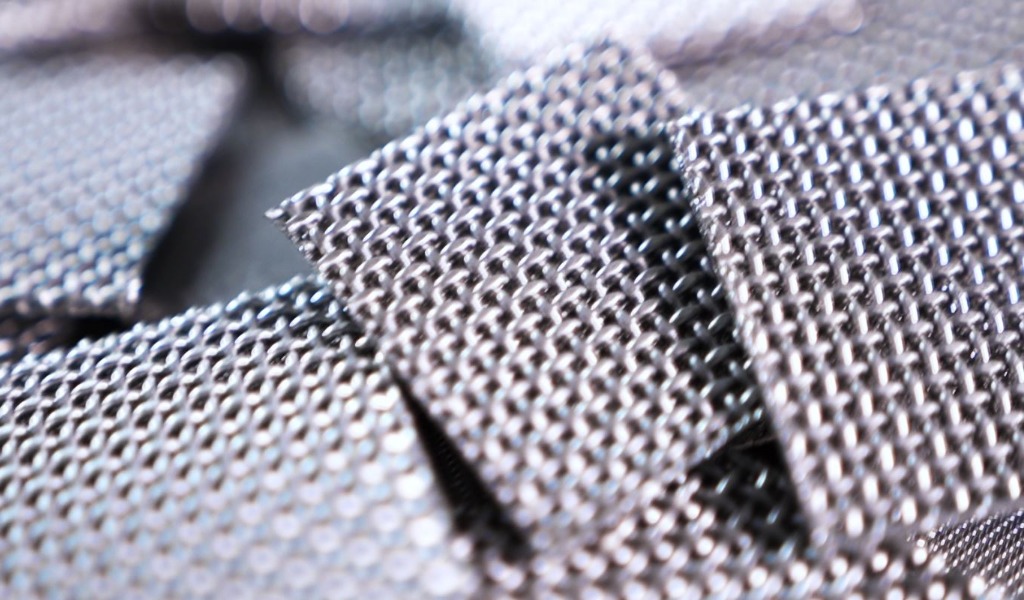Hastelloy vs Inconel: Designing the Perfect Wire Mesh
As your operation evolves and you introduce new ways to provide value to your customers, you may find that your woven wire mesh isn't performing as it used. As 304 and 316 stainless steel is often used to weave wire mesh, odds are it's time to upgrade your mesh to match the growth of your process.
For those working with extreme heat, you must turn to specialty alloys that can ensure the characteristics of your mesh are preserved when subjected to high heat. Fortunately, alloys such as Hastelloy and Inconel can be woven to the mesh specifications you need to provide accurate screening/filtration at extreme temperatures.
So, how exactly do Hastelloy and Inconel compare?
W.S. Tyler has been helping various engineers across dozens of industries weave wire mesh into their process for over 150 years. This includes helping you fine-tune your mesh to ensure you feel supported while attempting to accomplish efficient screening.
And with that, we wrote the following article to help you make heads or tails of how Hastelloy and Inconel compare.
What you will learn:
- What Hastelloy is
- The benefits of using Hastelloy wire mesh
- What Inconel is
- The benefits of using Inconel wire mesh
- Which alloy makes more sense for you
What Is Hastelloy?

Hastelloy is a specialty wire mesh alloy that delivers a unique level of corrosion and heat resistance. Bult upon a nickel foundation, Hastelloy contains traces of molybdenum, tungsten, and chromium.
That said, the inclusion of molybdenum and chromium, in particular, allows Hastelloy to perform in harsh conditions.
What Are the Benefits of Hastelloy Wire Mesh?
Hastelloy is known for its delivery of substantial heat resistance. More specifically, it combats oxidation when exposed to extreme temperatures.
As a result, surface discoloration, which often occurs with various stainless steels, is limited.
On top of desirable heat resistance, Hastelloy delivers corrosion resistance that is slightly superior to stainless steel. In particular, it is resistant to pitting corrosion, which is highly beneficial when subjecting wire mesh to industrious acids and alkalines.
What Is Inconel?

Inconel is an austenitic-nickel-chromium super alloy trademarked by the special metals corporation. Its chemical composition is made up of nickel (76%), chromium (15.8%), and iron (7.2%).
What Are the Benefits of Inconel Wire Mesh?
Like Hastelloy, Inconel is considered to be a heat-resistant alloy. It is designed to withstand temperatures up to 1800.
Additionally, the inclusion of chromium means that Inconel can combat corrosion at these high temperatures.
As some of the more popular alloys tend to become less durable and resistant to corrosion when subjected to extreme temperatures, Inconel is genuinely a specialty alloy.
Hastelloy vs. Inconel: Which Should I Use?
It has been established that Hastelloy and Inconel are both specialty alloys designed to perform in high heat applications. But when it comes down to differentiating the two, you must look at the corrosion resistance properties.
Both alloys offer comparable corrosion-resisting benefits; however, Inconel has a slight advantage when used in oxidizing applcaitons. On the other hand, as it is more molybdenum forward, Hastelloy offers better performance when subjected to reducing corrosion.
Achieve Optimal Flowrate by Fine Tuning Your Weave Pattern
When it comes to heat-resistant woven wire mesh, Hastelloy and Inconel are two of the best alloys to choose from.
Hastelloy is a nickel-based alloy that contains traces of molybdenum, allowing wire mesh to withstand reducing corrosion. Inconel is a nickel-chromium alloy used to combat oxidizing corrosion in temperatures up to 1800.
Now, once you determine what alloy you will use to weave your mesh, you must then determine the best-suited weave pattern. This is a critical step in the wire mesh design process as the weave pattern works to control the flow rate present in your equipment.
With over 150 years of wire weaving experience, W.S. Tyler has the know-how to guide you toward the perfect wire mesh solution. This means you will spend less time worrying about the performance of your wire mesh and more time developing other aspects of your process.
Read the following article to gain a better understanding of what wire mesh weave pattern will provide the best performance for you:
About Ronnie Brown
Ronnie is the Content Writer for W.S. Tyler and has four years of experience as a professional writer. He strives to expand his knowledge on all things particle analysis and woven wire mesh to leverage his exceptional writing and graphic design skills, creating a one-of-a-kind experience for customers.



